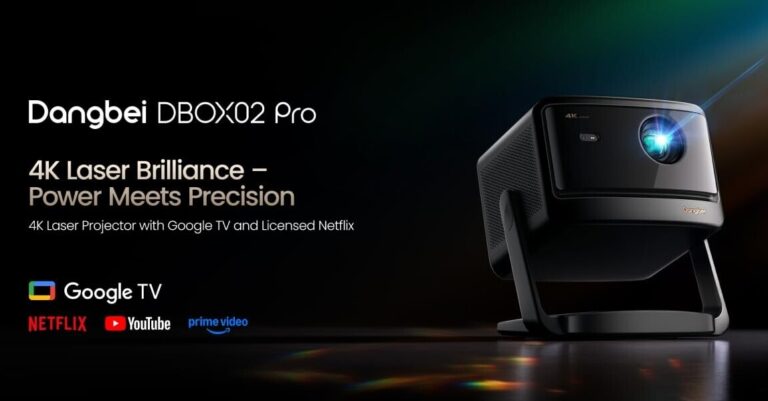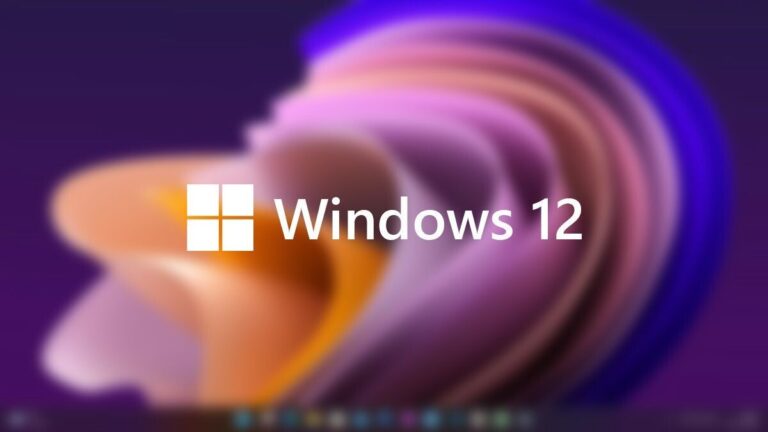
Image: TechSpot
Here’s some exciting news: a team of scientists has developed the world’s first interactive 3D holographic display, allowing people to physically touch virtual light projections. Led by Dr. Elodie Bouzbib at the Public University of Navarra, this breakthrough could have a big impact in areas like education if it becomes widely available.
According to New Atlas, traditional holograms are made using swept volumetric displays. Images are projected at a rapid rate—about 3,000 times per second—onto a moving surface called a diffuser, creating the illusion of a 3D object floating in space without the need for special glasses.
The challenge with this setup is the hard, moving surface. If you try to touch it, the illusion breaks, and you might damage the device or even injure yourself. To solve this, the team replaced the rigid surface with soft, elastic strips. This new material is safe to touch, making interaction the main focus of the technology.
With this system, users can manipulate 3D holograms using familiar gestures like pinching or rotating, similar to how you’d use a smartphone screen. Image correction ensures the hologram still looks accurate during interaction. In tests with 18 participants, most preferred this hands-on approach over using a 3D mouse, noting that it felt more precise and natural.
While more improvements are needed, this technology shows great promise. It could be especially useful in settings like classrooms or museums, where visitors could engage with exhibits in a new way. The team published their findings in a paper titled “FlexiVol: a Volumetric Display with an Elastic Diffuser to Enable Reach-Through Interaction” on HAL, and there’s a detailed video on YouTube. They’ll also present their work at the CHI 2025 Conference in Japan later this month. This is a fascinating step forward—stay tuned for what’s next!




